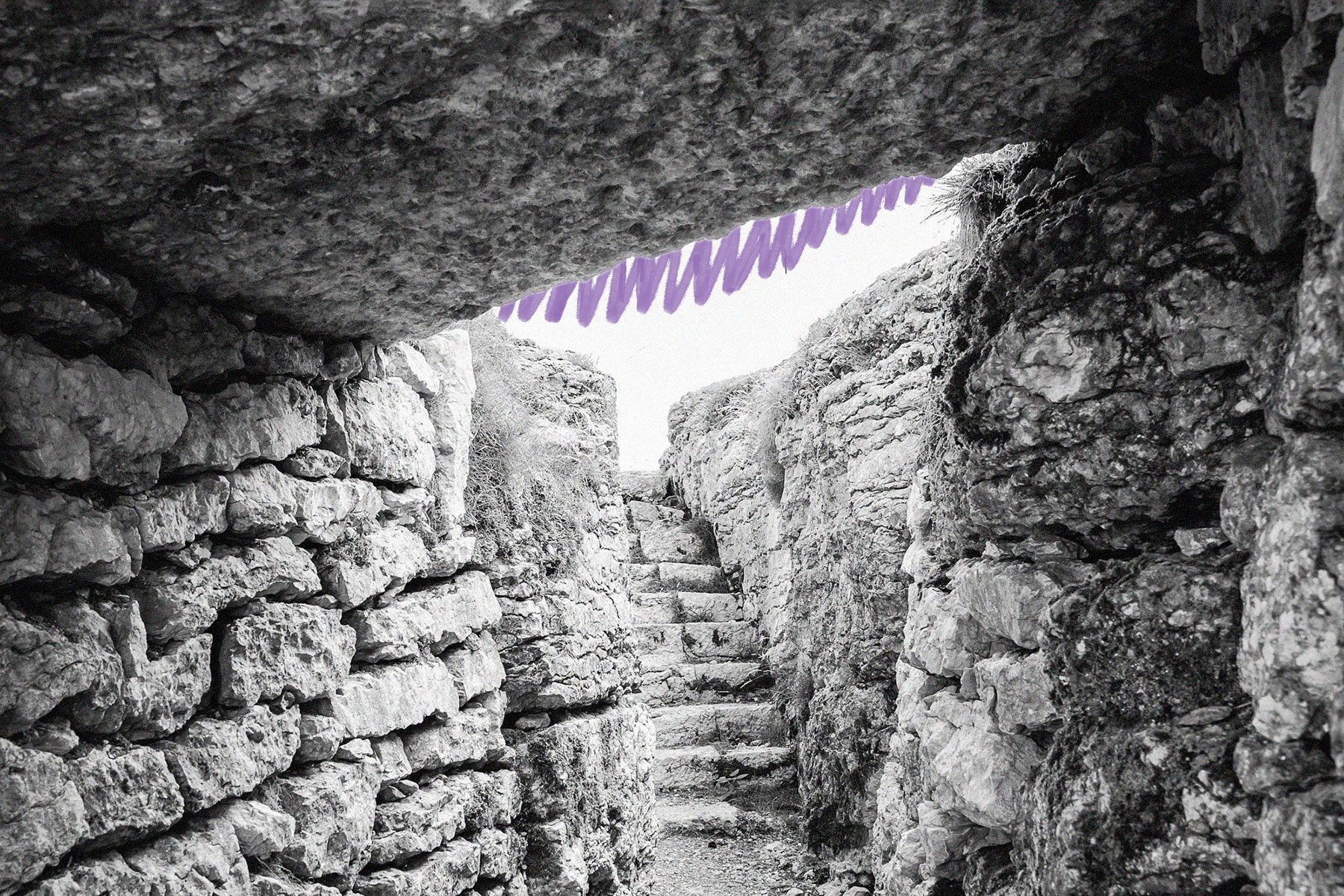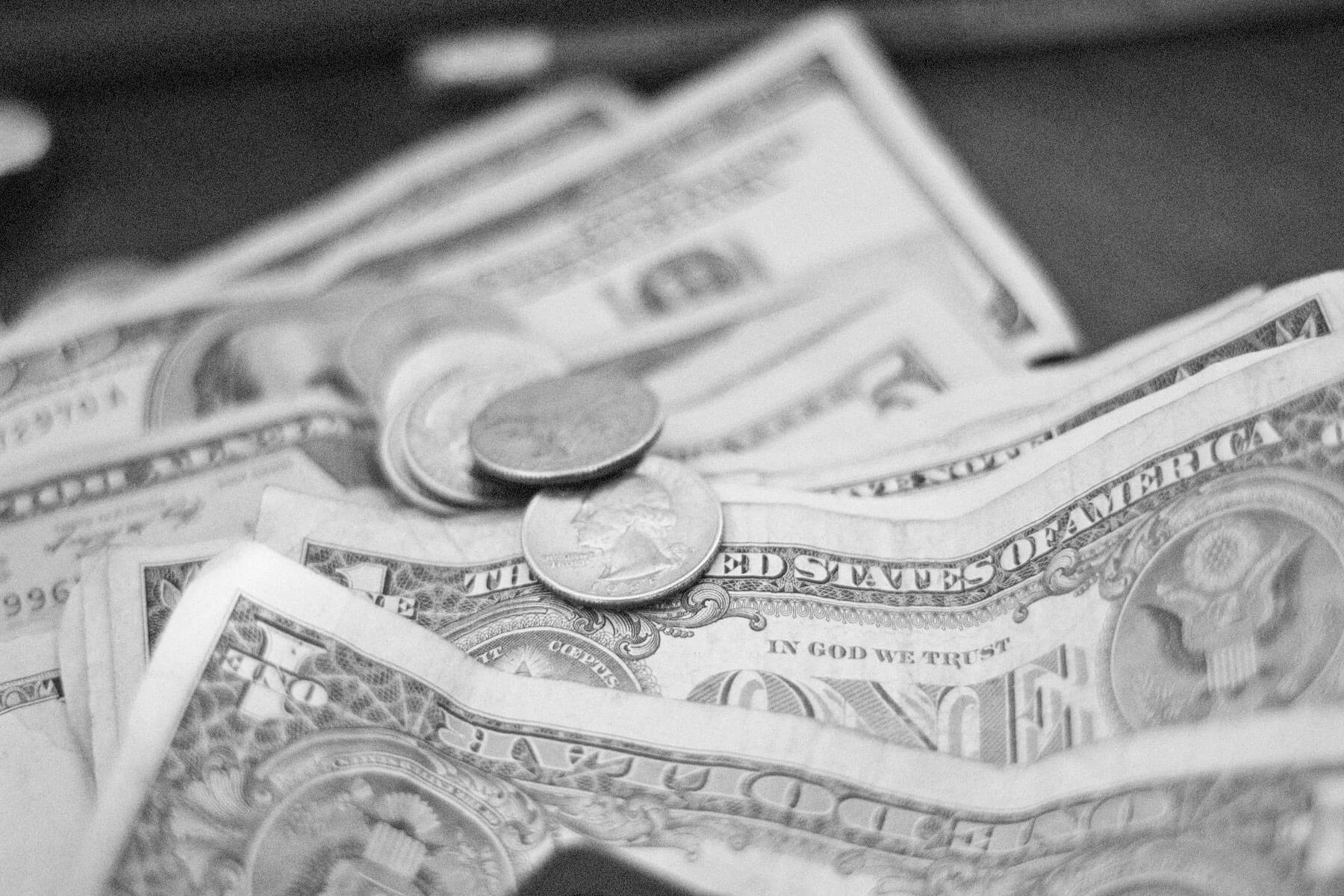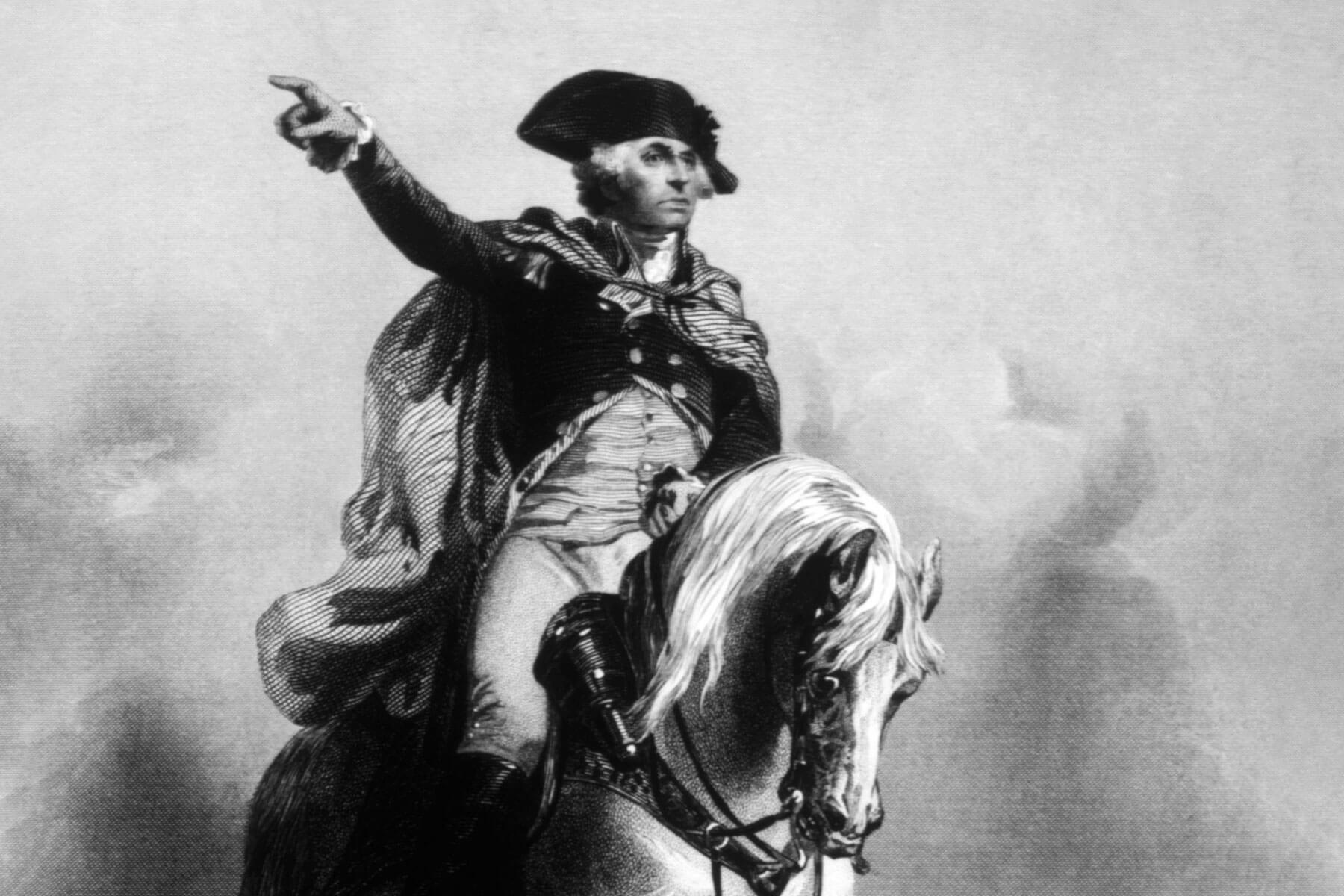 |
During World War I, cats were used in the trenches to boost morale. |
World History |
 |
| |
| Not all feline soldiers' deeds have gone unnoticed. Among the 75 animals who have received the PDSA Dickin Medal, which was established in 1943 to honor the military service of animals, is a cat named Simon. He served aboard the HMS Amethyst from 1948 to 1949 and received the medal for "disposing of many rats though wounded by shell blast. Throughout the incident his behaviour was of the highest order, although the blast was capable of making a hole over a foot in diameter in a steel plate." In a newsreel of the ship returning home, Simon is rightly referred to as "a hero in his own right." | |
 | |
 | |||||||||
By the Numbers | |||||||||
| |||||||||
| |||||||||
 | |||||||||
| |||||||||
Calico cats are considered good luck. | |||||||||
| That's the reason maneki-neko are so often depicted as calicos. The "beckoning cat" figurines found throughout Japan and at Japanese and Chinese establishments around the world are intended as tokens of good fortune, with one of their paws raised high in a waving motion. This dates back to the tradition of Japanese sailors traveling with calicos to bring about safe passage — the multicolored cats were believed to be able to chase away storms and ancestral ghosts. In the United States and England, meanwhile, male calicos are considered especially lucky because of their rarity. | |||||||||
 | |||
Recommended Reading | |||
 | |||
| | |||
 | |||
| | |||
| + Load more | |||
| |||
| |||||||||
| Copyright © 2023 History Facts. All rights reserved. | |||||||||
| 700 N Colorado Blvd, #513, Denver, CO 80206 | |||||||||
|





No comments:
Post a Comment